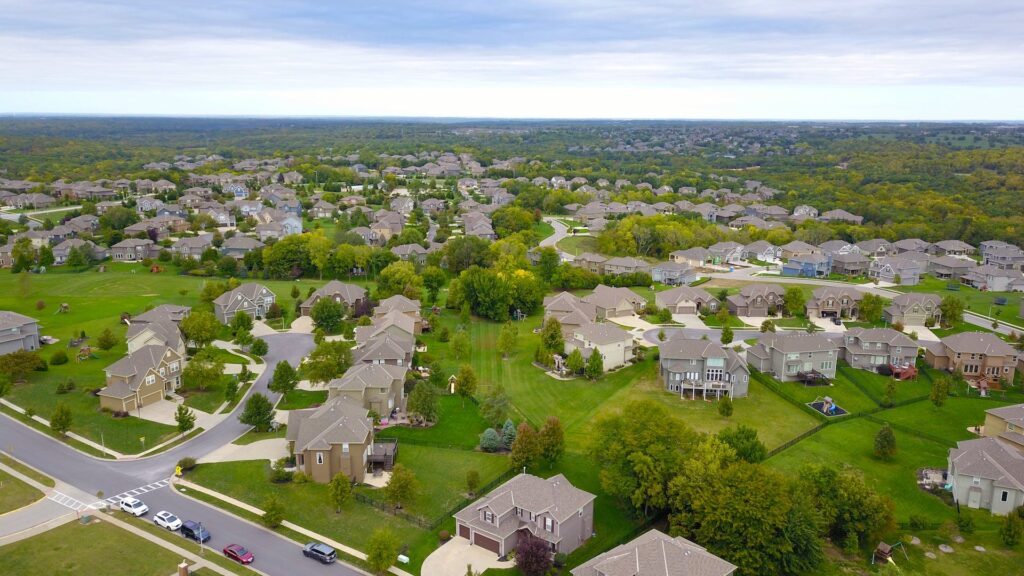Trees stand as indispensable pillars of our environment, contributing immeasurable benefits by not only generating life-sustaining oxygen, and absorbing carbon dioxide, but also significantly enriching and elevating the overall quality of our surroundings. However, there are instances when tree removal becomes necessary, whether due to safety concerns, construction projects, or ecological management. In these scenarios, it becomes paramount to grasp the significance of acquiring tree removal permits and diligently complying with the regulations stipulated by local authorities. This article will delve into the reasons why these permits are essential, the regulatory framework surrounding tree removal, and the potential consequences of overlooking these vital aspects.

Preserving Urban Greenery: Balancing Development and Conservation
Urban areas frequently find themselves engaged in nuanced dance, delicately balancing the imperatives of development with the imperative need to preserve verdant spaces. Urban areas frequently find themselves engaged in nuanced dance, delicately balancing the imperatives of development with the imperative need to preserve verdant spaces. Tree removal permits act as a regulatory tool to ensure that any removal is justified, preventing unnecessary loss and promoting sustainable urban development.
Protecting Endangered and Heritage Trees: Biodiversity Conservation
Many regions are home to endangered or heritage trees, which carry significant ecological or cultural value. Tree removal permits help identify and protect these trees, preventing their indiscriminate removal. Recognizing the ecological significance of specific tree species is imperative for the conservation of biodiversity and the sustenance of a thriving, balanced ecosystem.
Ensuring Public Safety: Mitigating Risks Posed by Unstable Trees
Some trees may pose risks to public safety due to diseases, decay, or structural instability. Local authorities use tree removal permits as a means to assess the potential hazards associated with a tree and ensure its safe removal. This process helps prevent accidents such as falling branches or entire trees, protecting both property and lives.
Promoting Responsible Arboriculture: Certified Arborists and Best Practices
Obtaining a tree removal permit often involves the evaluation of the tree by certified arborists. These professionals assess the tree’s health, structural integrity, and overall condition before recommending removal. This guarantees the responsible execution of tree removal, adhering to the highest industry standards and minimizing any adverse effects on the surrounding environment.
Community Involvement and Transparency: Public Input and Awareness
The process of obtaining a tree removal permit typically involves public notification and sometimes public hearings. This transparency fosters community involvement, allowing residents to voice concerns or suggest alternatives. Involving the public in decisions concerning tree removal fosters a collective sense of responsibility for the environment, contributing to the cultivation of a more sustainable and resilient community.
Legal Consequences of Unauthorized Tree Removal: Fines and Penalties
Ignoring the need for a tree removal permit can have legal consequences. Many municipalities impose fines and penalties for unauthorized tree removal, emphasizing the importance of adhering to established regulations. The specter of legal repercussions acts as a powerful deterrent, urging property owners and developers to adhere to established procedures and actively contribute to the overall well-being of the community.
Urban Heat Island Effect: Importance of Strategic Tree Removal and Replacement
Strategic tree removal, coupled with thoughtful replacement strategies, can contribute to mitigating the urban heat island effect. This phenomenon, characterized by elevated temperatures in urban areas, can be exacerbated by the removal of large, shading trees. Tree removal permits help authorities guide the process, ensuring that new plantings and landscaping efforts are aligned with sustainability goals.
Conclusion
In conclusion, the importance of tree removal permits and regulations cannot be overstated. These measures serve as crucial tools in preserving urban greenery, protecting endangered and heritage trees, ensuring public safety, promoting responsible arboriculture, fostering community involvement, and mitigating legal consequences. By understanding and respecting these regulations, individuals and communities can contribute to a healthier, safer, and more sustainable urban environment. As we navigate the delicate balance between development and conservation, tree removal permits stand as guardians of our urban forests, ensuring that progress does not come at the cost of our natural heritage.
